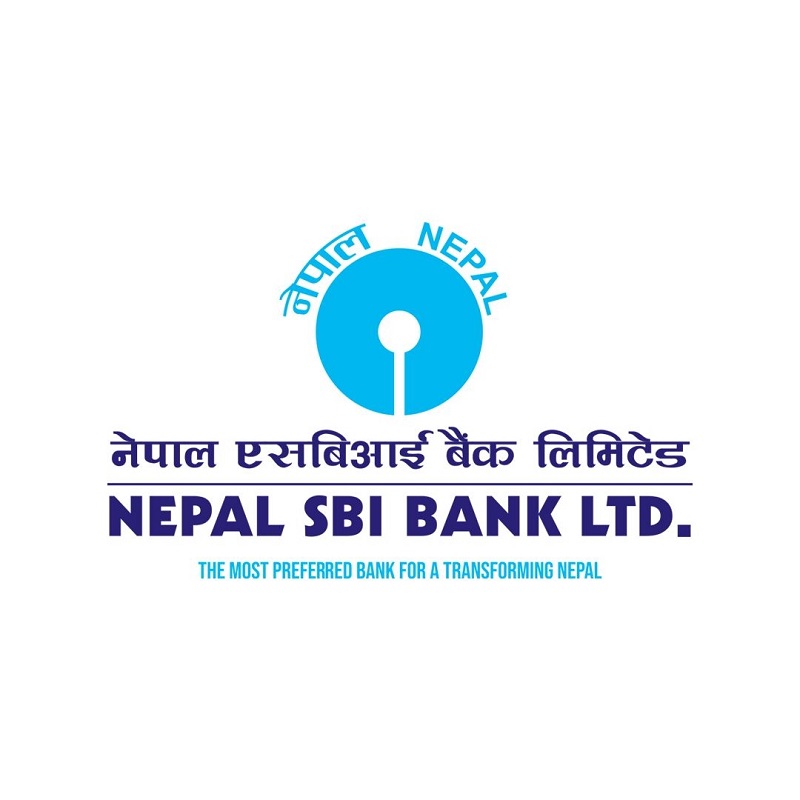Analyzing a Profit Decline of NSBL Amidst Strong Deposit Growth
14th August 2025, Kathmandu
Nepal SBI Bank has released its unaudited financial report for the fiscal year 2081/82, presenting a mixed picture of performance. While the bank saw notable growth in key areas like deposits and core income, its bottom line suffered a decline. The bank’s net profit dropped to NPR 1.80 billion, representing a 9.86% decrease from the NPR 1.99 billion recorded in the previous fiscal year.
NSBL’s Profit Declines
This seemingly contradictory outcome, rising income but falling profit, is a significant point of analysis and reflects the broader challenges facing Nepal’s banking sector.
Despite the drop in profitability, the report highlights several areas of strength, including a robust capital base, a massive surge in deposit collection, and a stable dividend potential for shareholders. This nuanced performance requires a deeper look beyond the headline numbers to understand the bank’s true financial health and strategic position.
The Paradox of Profitability: What the Numbers Reveal
A closer look at Nepal SBI Bank’s financial highlights reveals the complex factors influencing its profit decline. The bank’s core income streams showed healthy growth, with net interest income rising by 3.72% to NPR 5.26 billion. This suggests that the bank’s lending activities were stable and productive. Furthermore, its total operating income also grew by a respectable 5.90% to NPR 6.78 billion, bolstered by a strong 7.54% increase in net fee and commission income, which reached NPR 1.21 billion.
Given these positive indicators, why did the profit fall? The answer lies in the bank’s operating profit, which declined by 3.61% to NPR 2.73 billion. This reduction indicates that the bank faced a surge in operational costs or, more likely, a significant increase in provisioning expenses. Provisions are funds that a bank sets aside to cover potential losses from a deteriorating loan portfolio, and an increase in these provisions directly reduces a bank’s operating and net profit. The increase in provisions is directly tied to the bank’s worsening asset quality, which is the most critical factor revealed in this report.
The Rising Concern of Non-Performing Loans (NPLs)
The most prominent headwind for Nepal SBI Bank in the last fiscal year was the sharp rise in its Non-Performing Loan (NPL) ratio. This ratio, which measures the percentage of loans for which borrowers have failed to make scheduled payments for a specified period, jumped from 1.96% to a concerning 3.35%.
A rising NPL ratio is a major red flag for a bank’s financial health for several reasons:
- Increased Provisioning: A higher NPL ratio forces the bank to set aside more money in the form of impairment charges, as dictated by regulatory guidelines from the Nepal Rastra Bank. This directly erodes the bank’s profitability, which is the primary reason for the decline in net profit despite the growth in income.
- Reduced Interest Income: Loans classified as non-performing stop generating interest income, further impacting the bank’s revenue.
- Asset Quality and Risk: A high NPL ratio signals a deterioration in the quality of the bank’s assets (its loan portfolio) and an increased credit risk.
The challenges related to NPLs are not unique to Nepal SBI Bank, as a number of commercial banks in Nepal are currently grappling with rising NPLs due to a persistent economic slowdown and low credit demand. However, the bank’s significant jump in its NPL ratio highlights the need for focused efforts in loan recovery and a more cautious approach to lending.
A Beacon of Strength: Deposit Growth and Shareholder Value
Despite the challenges on the asset quality front, the bank’s report is not without good news, particularly for its long-term stability and shareholders. Nepal SBI Bank demonstrated remarkable strength in deposit collection, with a 23.72% year-on-year increase to an impressive NPR 199.60 billion. This massive inflow of capital indicates strong customer trust and provides the bank with ample liquidity to fuel future lending once the economic environment improves. The bank’s loan investment also grew, albeit at a more modest rate of 7.13% to NPR 134.96 billion.
For investors, the most encouraging figure is the bank’s distributable profit, which actually increased to NPR 1.23 billion from NPR 1.10 billion in the prior year. This translates to a healthy dividend-paying capacity of 11.29%. Distributable profit is the portion of a bank’s earnings that can be legally paid out as dividends. The fact that this figure increased, even with a decline in net profit, is a strong indicator of the bank’s robust financial management and a positive sign for potential shareholder returns. The bank’s solid foundation is further highlighted by its paid-up capital of NPR 10.89 billion and a reserve fund of NPR 8.42 billion.
The bank’s Earnings Per Share (EPS), at NPR 16.54, is a reflection of the lower net profit, but its Net Worth Per Share remains high at NPR 188.59, showing the bank’s significant book value.
In conclusion, Nepal SBI Bank’s financial report for FY 2024/25 presents a complex narrative of a strong, stable institution facing temporary profitability challenges due to an increase in non-performing loans. While the decline in net profit and the rise in NPLs are areas that require attention, the bank’s impressive growth in deposits and its strong dividend capacity signal a resilient and well-capitalized institution poised for a turnaround once the market conditions stabilize.
For More: NSBL’s Profit Declines








